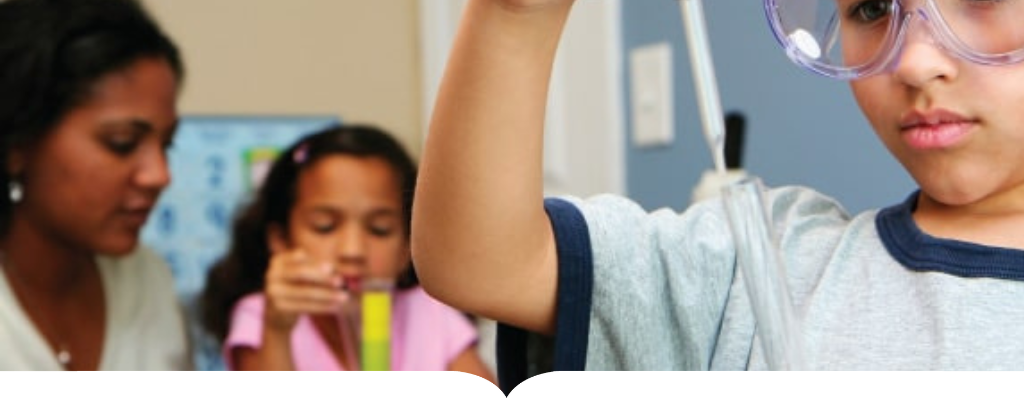Learn By Doing: Building the Case for Experiential Learning

Experiential learning refers to learning which is also known as work-based learning (WBL). Hands-on experiences allow the learner to connect theory and knowledge to real-world applications. Sir Richard Branson famously said, “You don’t learn to walk by following rules. You learn by doing and by falling over.”
Experiential learning is gaining momentum, as the stats below will illustrate:
- 81% of students feel that it’s important (or very important) for schools to offer real company-led projects.
- 64% of employers feel there is a skill gap in their organization that could make them 42% less efficient.
The demand for hands-on learning is not always met in the school systems or internship opportunities:
- Only 30% of educational institutions offer experiential learning opportunities.
- Only 41% of students reported being unable to secure an internship simply due to the lack of available opportunities.
Zooming In On The Benefits of Experiential Learning
Cater to different learning styles
Many students learn best through experience. Traditional lectures can sometimes be ineffective for these learners, as they may tune out or struggle to retain the information until they can apply it in a real-world context. Experiential learning bridges this gap in learning styles by providing hands-on experiences, making the material more tangible and relevant.
Foster creativity
Experiential learning activities allow students to engage the creative portions of their brains and seek their own unique solutions to problems or tasks. These creative problem-solving and analytical abilities enrich the learning experience and nurture skills desired in modern workplaces.
Learn the value of mistakes
Experiential learning activities involve trial by error, an essential skill that lecture-based learning does not nurture. As students engage in hands-on tasks, they find that some approaches work better than others. Discarding methods that don't work and using learnings to determine the next steps become a valuable part of the learning process. Students learn not to fear making mistakes but rather to use the insights gained from them to influence their next move.
Accelerate learning
The human brain becomes smarter through the act of practicing a skill. Through hands-on learning, neural connections in the brain are strengthened, making us generally smarter, not just in the area we practice. Hands-on experiential learning activities require practice, problem-solving, and decision-making. As student engagement increases through work-based learning, the brain’s activity accelerates, and retention improves.
Helps students determine their career path
Many experiential learning activities are career-oriented because they're grounded in real-world applications. Through these hands-on applications, students can explore what they like and don’t like. They can uncover aptitudes, passions and skills. Especially for high schoolers and undergraduates, this self-discovery can help uncover a career path and what to pursue after graduation.
Prepares students for life
Experiential learning activities offer many soft skills everyone needs to succeed in life but often don’t have the opportunity to learn until well after high school or college. Hands-on learning nurtures skills such as:
- Working in a team
- Leadership
- Critical and Creative Thinking
- Flexibility and Adaptability
- Quick Thinking
- Innovation
- Initiative
- Communication
- Patience
- Negotiation
Students also learn how to develop a plan of action and capitalize on each team member's unique strengths to produce the strongest outcomes. Experiential learning is a fast track to preparing students for future success regardless of the career path they choose.
When students interact with the information directly through hands-on learning, abstract concepts are transformed into practical knowledge. This active engagement helps to solidify their understanding and improves retention of the material. Incorporating hands-on learning into the curriculum can significantly enhance the educational experience, making it more engaging and effective. By aligning learning activities with real-world applications, students gain insights into their education and career path and become set up for success in the real world.
Envision by WorldStrides was built with a vision of helping students make the world their classroom. From experiential learning to career exploration to leadership development, we facilitate programs that offer real-world experiences to students from second grade to college age.
Learn more about our programs and start your journey with Envision today!
